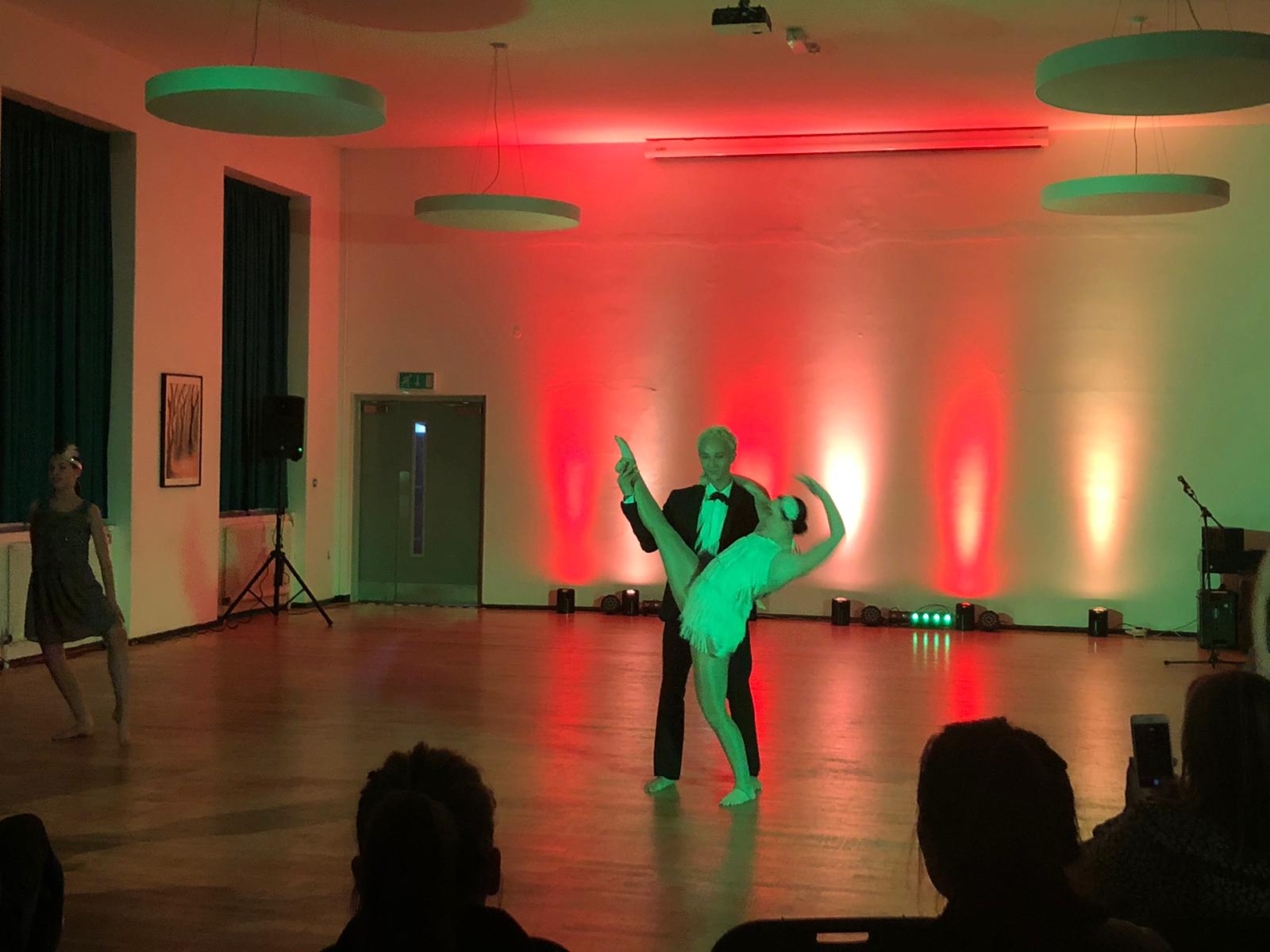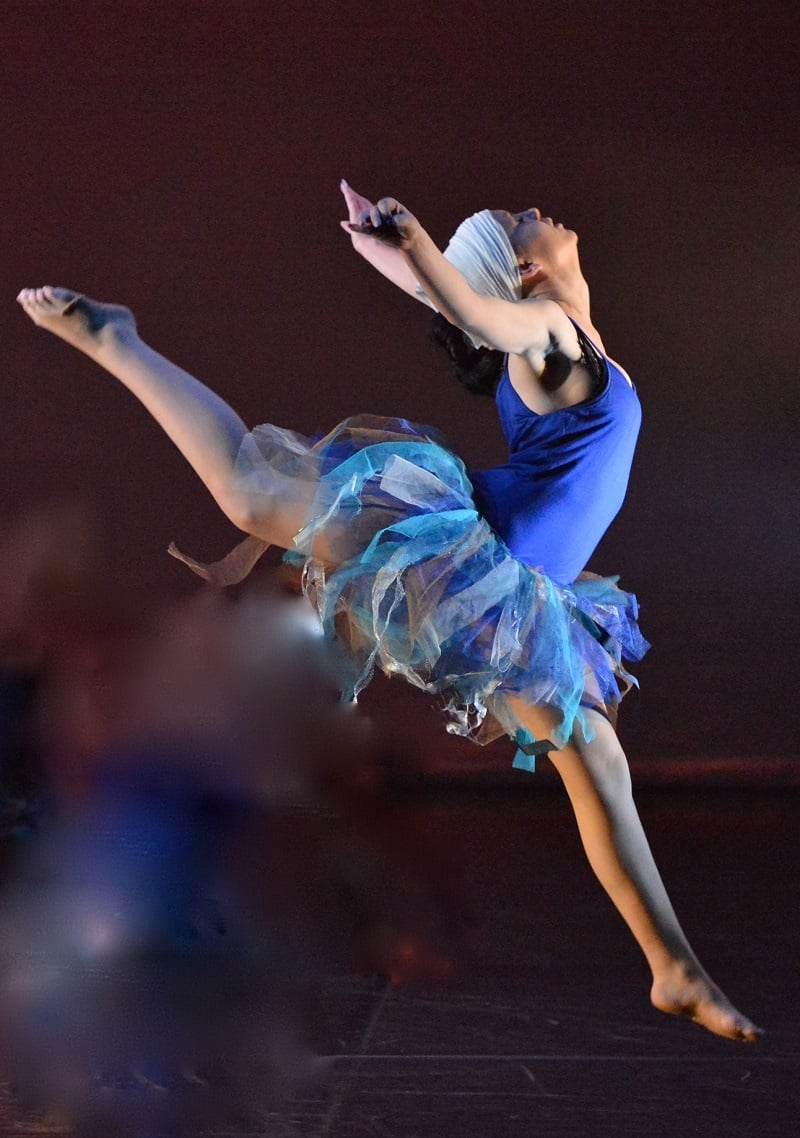
Creating a ‘climate positive’ arts project
BY: Guest Writer
22 Jul 2024
In this blog we hear from Victoria Harrocks, Community Arts Coordinator at Formby High School, about how their Arts Award students explored climate change through the creation of an art installation.
As part of a project commissioned by Liverpool Biennial and the Liverpool BID Company, artist Alicja Biala was commissioned to create three ‘totems’ to be placed by the iconic Liverpool Liver Buildings for the duration of the Liverpool Biennial festival. Each totem represents the coastline of Liverpool, and visualises the rising sea levels across Merseyside, including Liverpool and local towns Birkenhead and Formby. The rusted portion of each totem represents the percentage of land in that area that will be within the flood zone in 2080 (based on the predictions of scientists on the rate of climate change and emissions) - the year Liverpool will celebrate its 200th anniversary as a city. The painted portion at the top visualises the percentage of land which will remain above the flood zone.

Liverpool Biennial contacted Formby High School directly and invited us to apply to join the ‘Totemy‘ development team, as our creative arts faculty has a reputation for high quality arts practice following our TES Award - Creative School of the Year win in 2018. Our Year 12 and 13 Gold Arts Award, visual arts and design students, along with GCSE design, geography and art students, were selected to participate in workshops with artists and engineers from Liverpool John Moores University, ARUP and Castle Fine Arts Foundry, to learn about how the project uses climate change data as creative inspiration.
A series of workshops were arranged by the ‘Totemy’ organisers to explore Alicja Biala’s inspiration, process and methods. During the initial workshop with Alicja, the artist explained her sculpture work, which incorporates messages and statistics on climate change and its devastating effects. As well as the teaching of arts skills, the group also took part in a discussion on the techniques used in designing the artwork and structure. At the foundry they explored structural techniques, observed the casting process, and finally gained hands on experience creating a 2m high ‘mini’ version of a Totem.
After gaining new practical art and design skills in the workshop for their Gold Unit 1 Part B, our Gold students put their learning into practice to assist in the creation of the ‘Totems’. Gold students split into specialist groups – designers, builders, climate data group, project management, film/tech/photography, and worked as team leaders with groups of our GCSE students back at school. Working collaboratively, the students first sketched their ‘Totem’ ideas and then built a demonstration model of a full-sized totem. Part of the design process was influenced by abstract and aboriginal art.
For Unit 1 Part A, students were able to use the new skills developed and repurpose recyclable items such as cardboard and plastic to generate a full-sized totem placed in our school hall, for their new artwork. This artwork was also featured in the showcase they organised for Unit 2.
The Gold cohort were able to gain real-world skills, and mentor others. This project was particularly helpful in building design skills for Gold student Penny who chose Sculpture, for her Unit 2 project.
The ‘Formby’ Totem, which was initially resident outside the Liver Building with two other totems, was finally delivered in its entirety to Formby High School for permanent installation, taking pride of place at the entrance of our school campus. However, the project did not end there and in January, our new cohort of Gold Arts Award students embarked on a journey to reuse and reimagine the other two existing totems into something that would be useful on our school campus.

The students began work with Alicja to repurpose the materials and explore ideas for these massive steel structures after the Biennial, as sustainability is central to the project. Initial ideas included converting the materials into benches, tables, water butts and beehives to make the whole project as creative and sustainable as possible. Alicja took all of the school's designs into consideration and decided that the final pieces will be a series of large plant pots. You can see our winning design in the picture below, and we await the creation of the plant pots and their arrival in our school.

By combining Arts Award and the ‘Totemy’ project, we have been inspired to develop curriculum links and explore further collaborations with the partners in the project, LJMU (Climate Change and Geography), ARUP Engineering and Castle Foundry. This work enhanced cross-curricular links with Geography by informing a greater understanding of sustainability, environmental impact and climate change. In addition, the project furthered expertise in Science, Engineering and Design Technology as building the Totems included conversations on the shape, structure, durability and safety of the materials. New art skills developed a deeper understanding of the use of different designs, types of sustainable paint and lacquer, and materials suitable for all weather conditions.
 Our young people are the designers of the future and, having gained an awareness of climate change and a deeper understanding in sustainable creativity, they are keen to explore more climate positive arts projects. We look forward to seeing how Alicja’s latest design workshop has influenced our current Gold cohort as they use their Unit 1 skills to inform and create work for their final showcase in Unit 2.
Our young people are the designers of the future and, having gained an awareness of climate change and a deeper understanding in sustainable creativity, they are keen to explore more climate positive arts projects. We look forward to seeing how Alicja’s latest design workshop has influenced our current Gold cohort as they use their Unit 1 skills to inform and create work for their final showcase in Unit 2.
Related posts
BY: Julie Neville
BY: Guest Writer
BY: Guest Writer




Comments & Replies